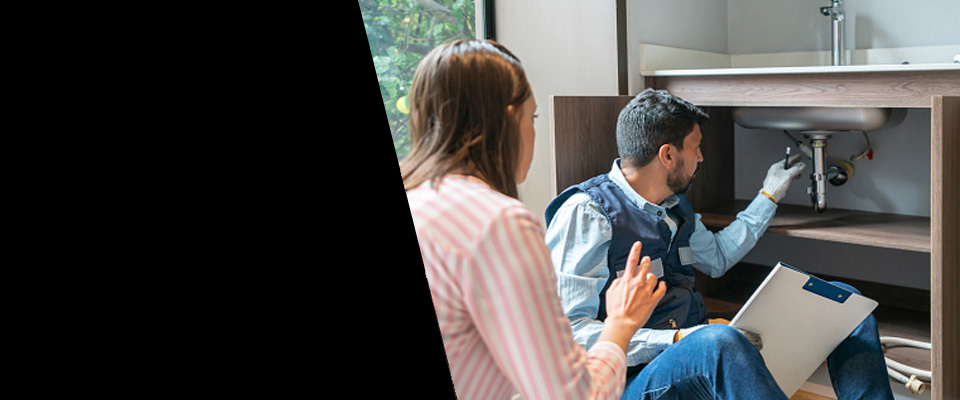Rainwater Harvesting Systems Plumbing Services in Redondo Beach, CA
Redondo Beach Rainwater Harvesting Systems Experts ready now in Los Angeles County
Rainwater Harvesting Systems offers an environmentally sustainable plumbing service that involves the planning and setup of systems to gather, hold, and utilize rainwater for non-potable purposes. These systems typically feature storage tanks, catchment areas, and filters, promoting sustainable water use in irrigation, flushing, and cleaning. Properly configured systems help cut expenses and support environmental sustainability
We provide top-quality Plumbing services throughout Los Angeles County. Whether you need help with Rainwater Harvesting Systems or other issues, our Professionals is ready.
Plumbing Services in Redondo Beach, CA
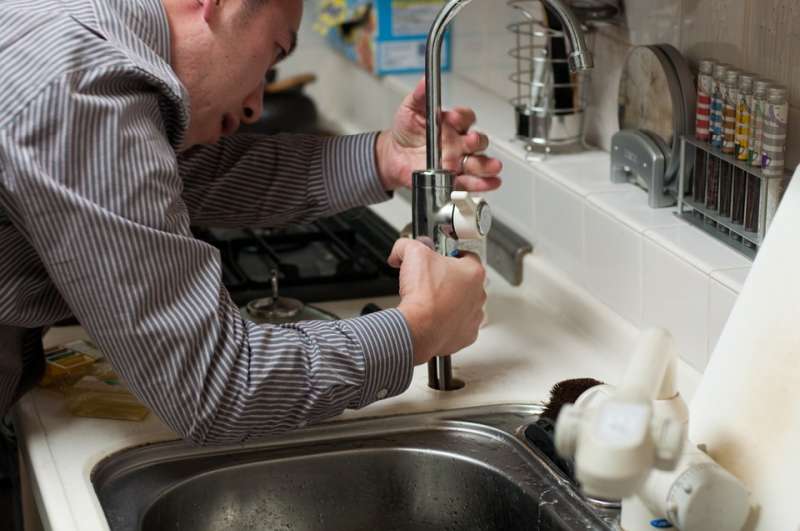
Appliances
Installing dishwashers, water heaters (tank and tankless), waste disposal unit, and cleaning devices.
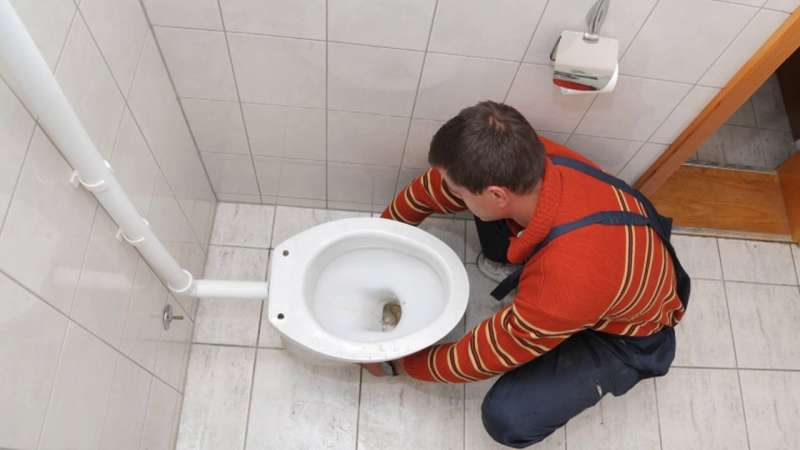
Backflow Testing and Prevention
Making sure backflow avoidance gadgets are working properly.

Bathroom and Kitchen Remodeling
Moving or updating plumbing systems.
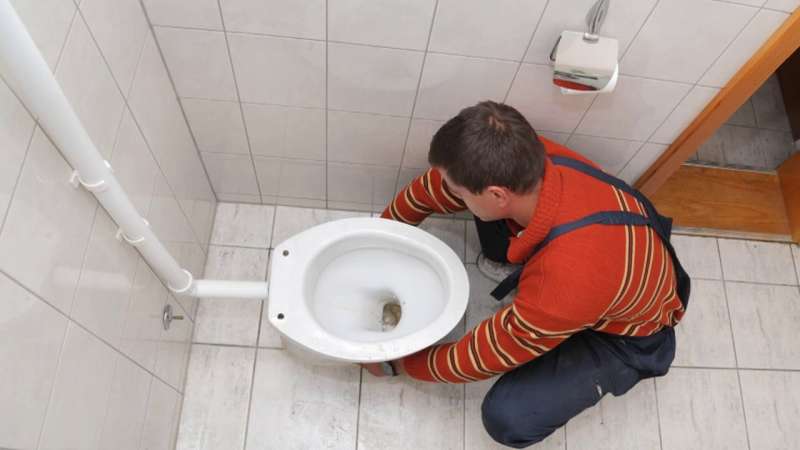
Building Code Compliance
Making sure plumbing systems meet local regulations.
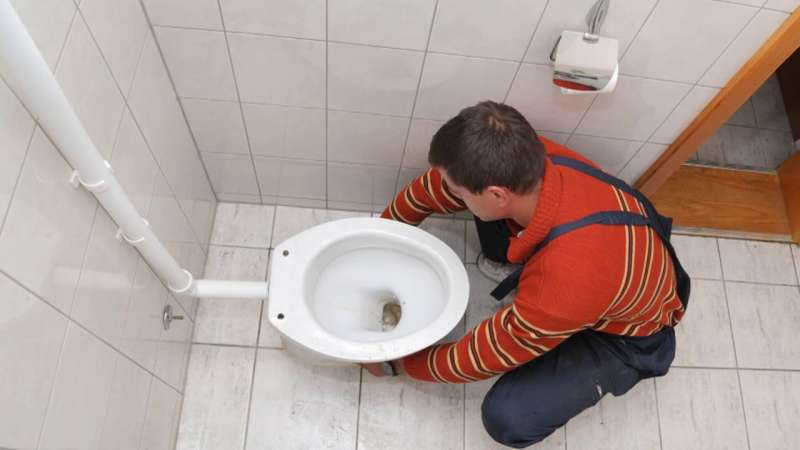
Burst Pipes
Immediate reaction to prevent flooding and water damage.
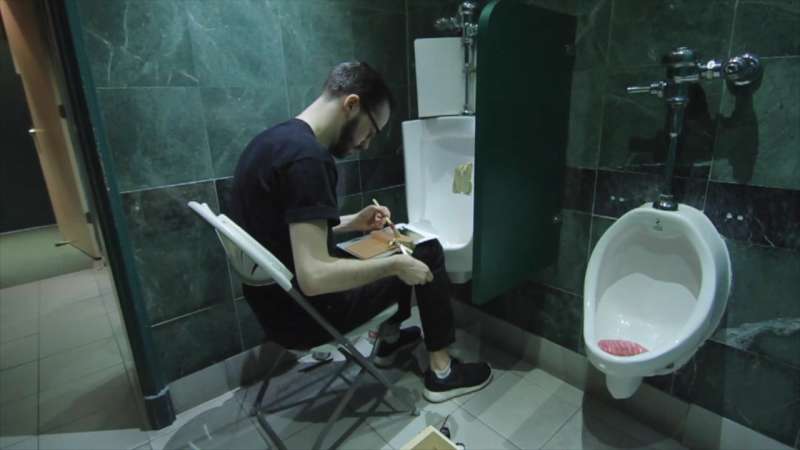
Clogged Drains
Cleaning clogs in sinks, toilets, showers, and sewer lines.
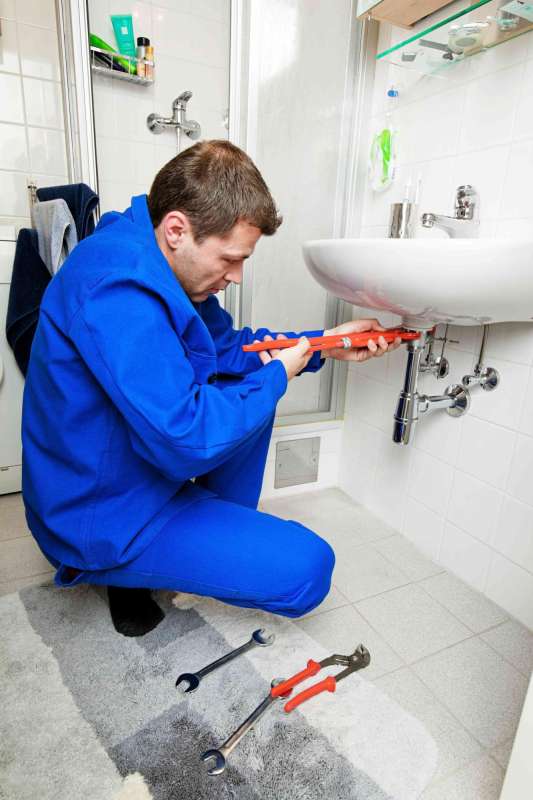
Drain Cleaning
Regular cleaning to prevent clogs and keep flow.
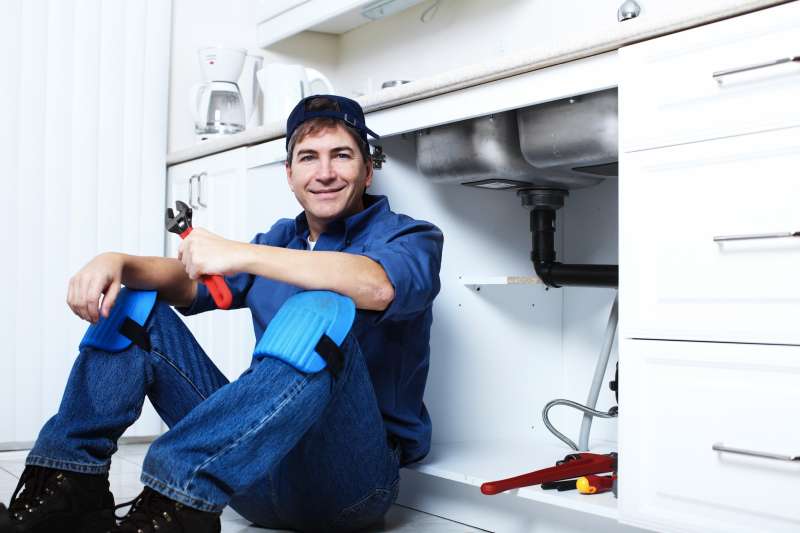
Fixture Repairs
Fixing malfunctioning faucets, toilets, and other fixtures.

Fixtures
Installation of sinks, faucets, toilets, bathtubs, and showers.

Gas Leaks
Emergency detection and repair to prevent threats.

Gas Line Repairs
Repairing gas leaks and ensuring correct gas line operating.
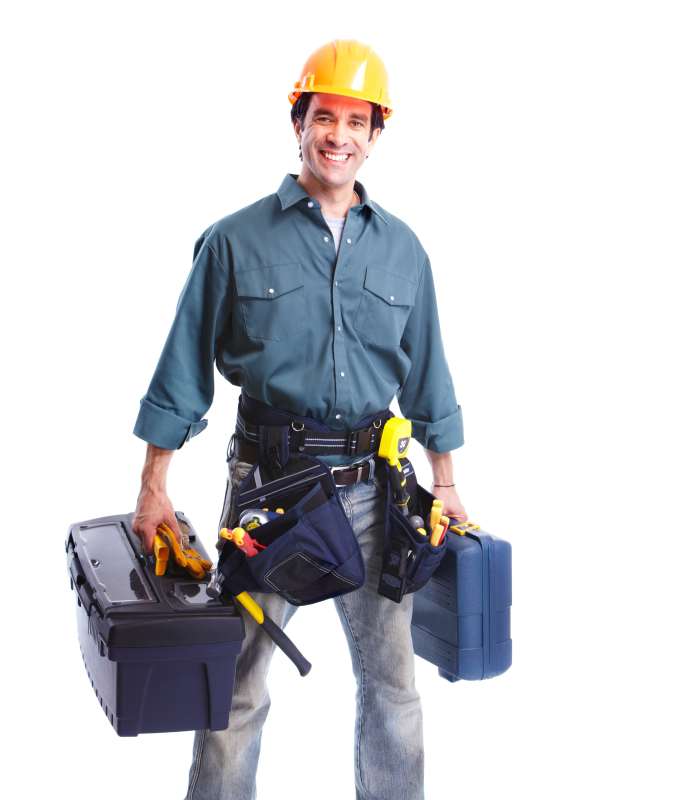
Greywater Recycling Systems
Setting up systems for recycling family wastewater.
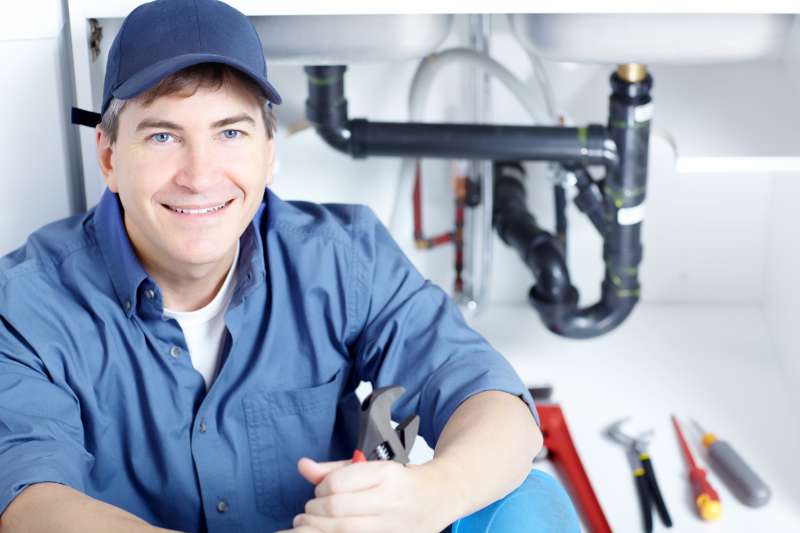
Hydronic Heating
Setting up and preserving radiant floor heater.
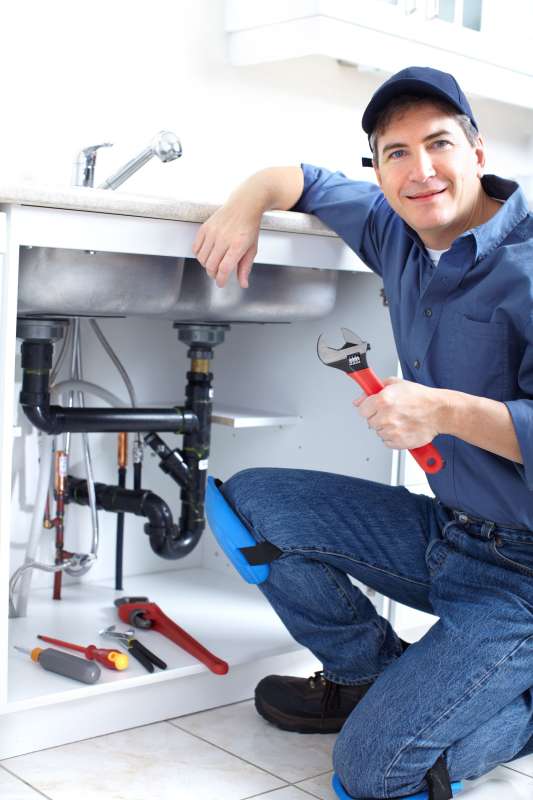
Industrial Pipework
Specialized piping for factories or commercial settings.
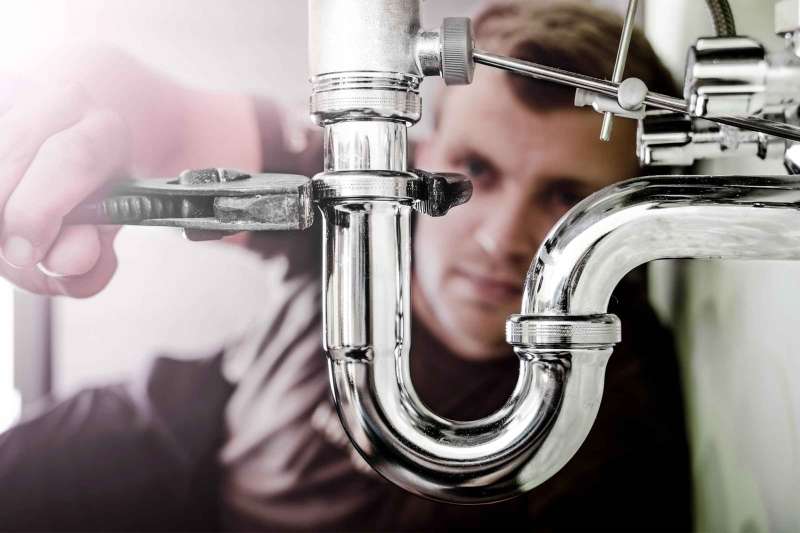
Irrigation Systems
Setting up and maintaining outside watering.
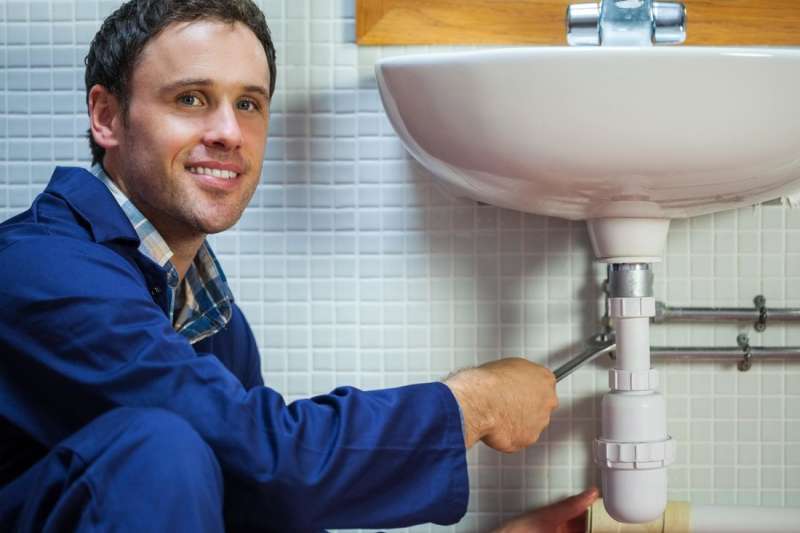
Large-scale Installations
Plumbing systems for new structures or remodellings.
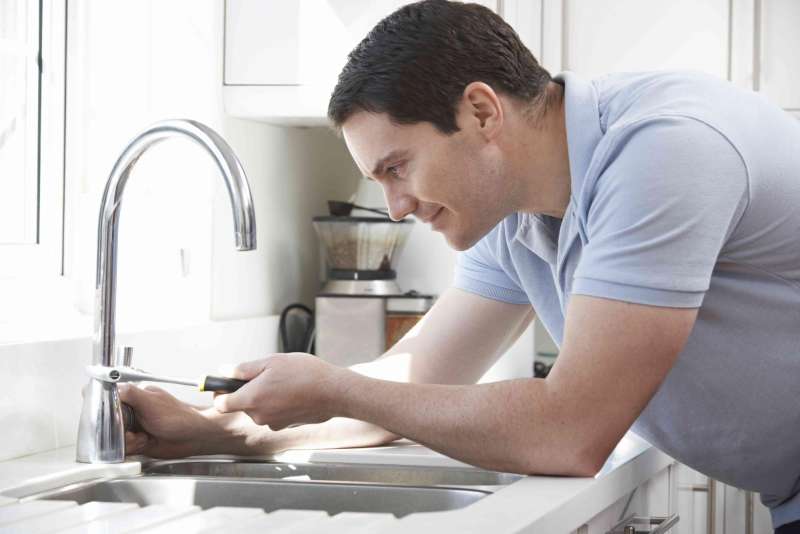
Leak Detection and Repair
Fixing leaks in pipelines, faucets, toilets, and appliances.
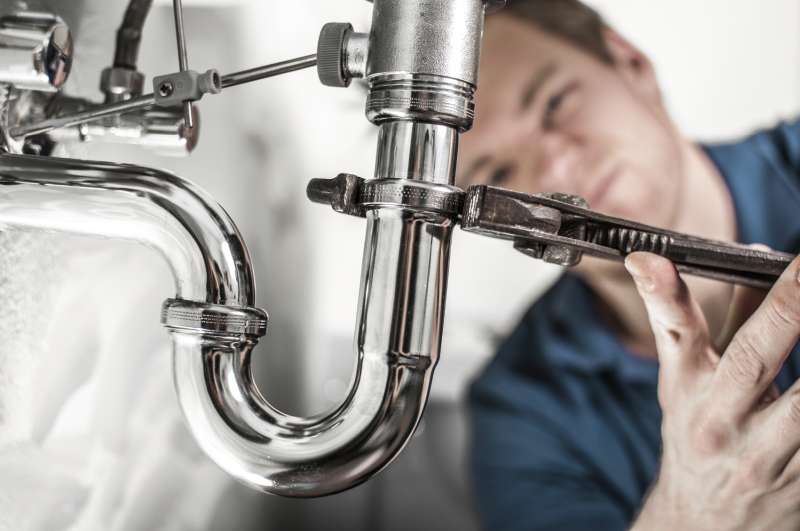
Overflowing Toilets
Quick resolution of serious blockages and overflows.
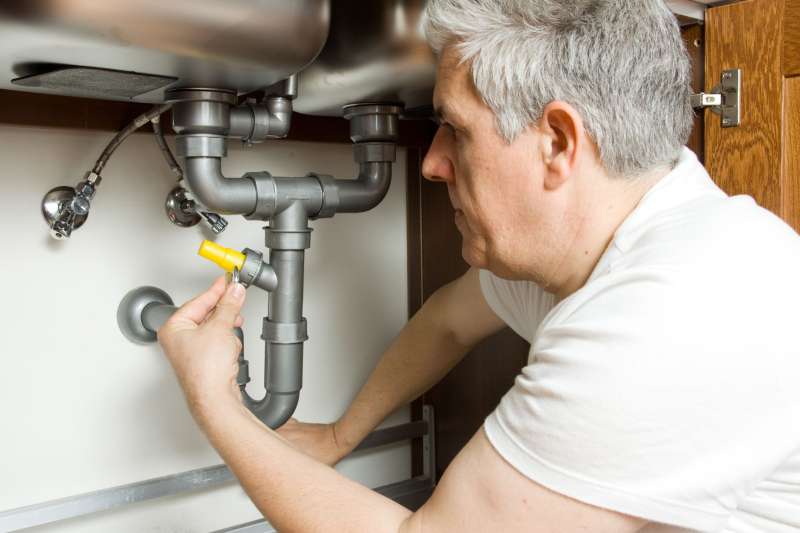
Pipe Inspections
Utilizing cameras to check pipes for damage or obstructions.

Pipe Repairs
Repairing or changing burst, rusted, or damaged pipes.
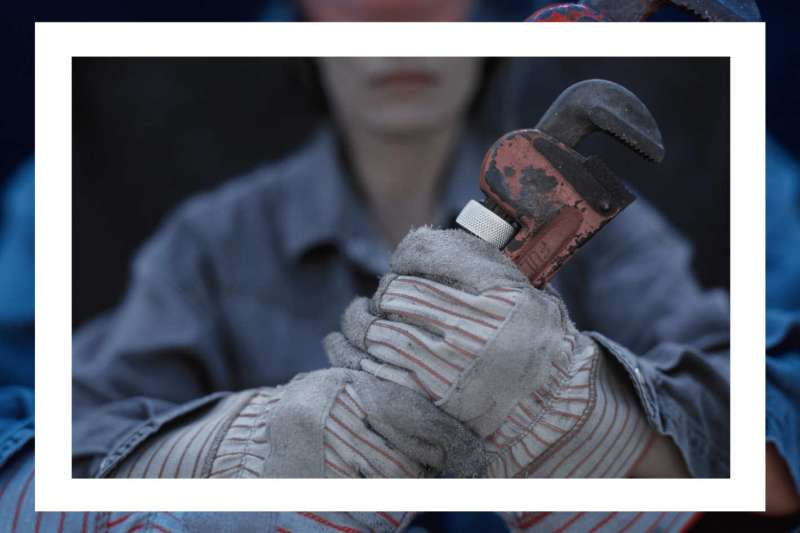
Pipes and Fittings
Setting up new piping systems for water, gas, and drain.
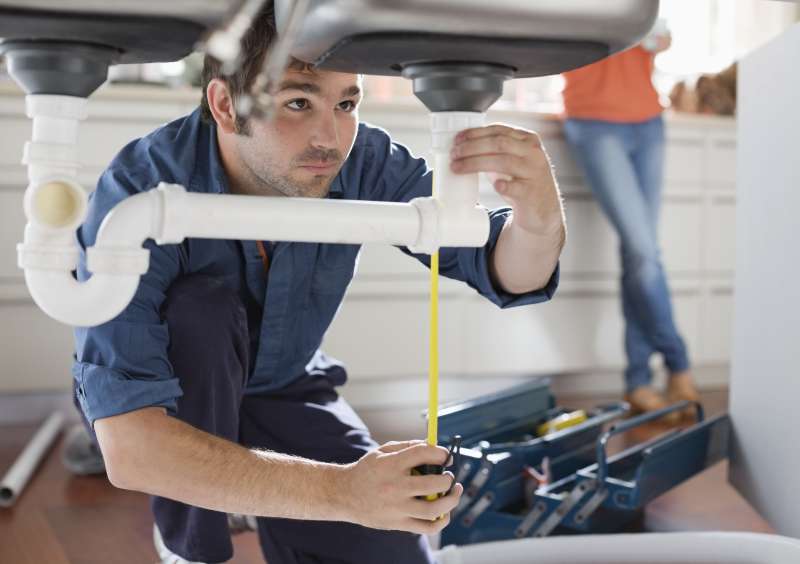
Pre-Purchase Inspections
Examining plumbing systems before buying residential or commercial property.
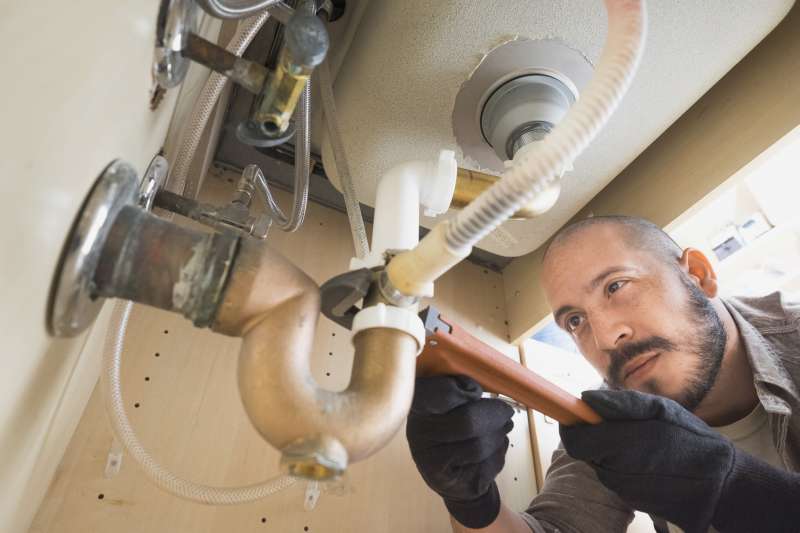
Rainwater Harvesting Systems
Installing systems to gather and use rainwater.
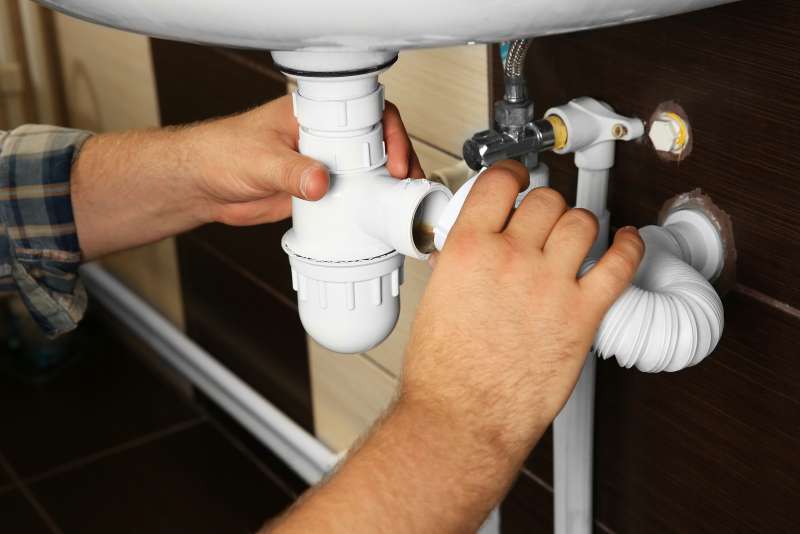
Regular Maintenance Contracts
Continuous maintenance services for companies.
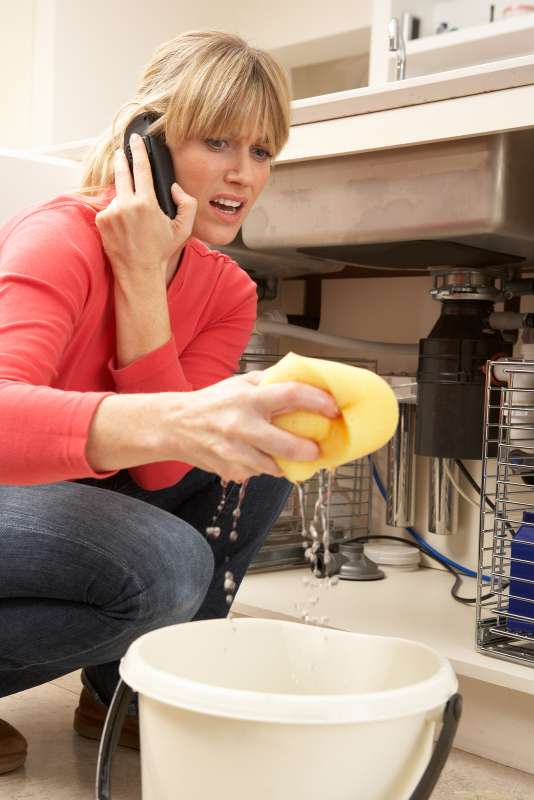
Septic System Services
Installing, fixing, and keeping septic tanks.

Sump Pump Installation and Repair
Managing groundwater in basements.

Upgrading Fixtures
Setting up water-efficient or modern-day fixtures.
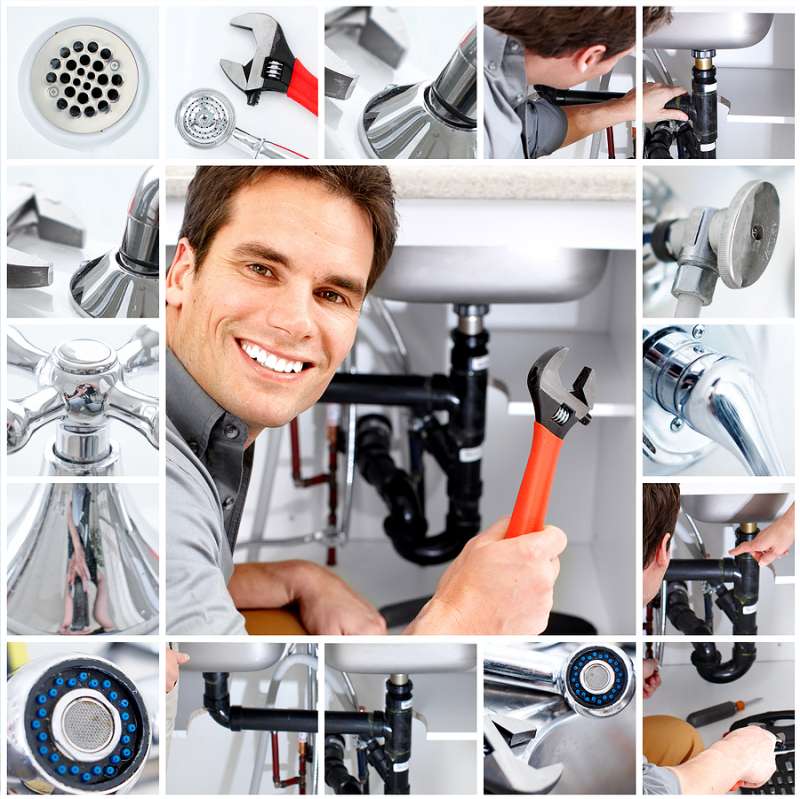
Water Efficiency Consulting
Encouraging on water-saving techniques and items.
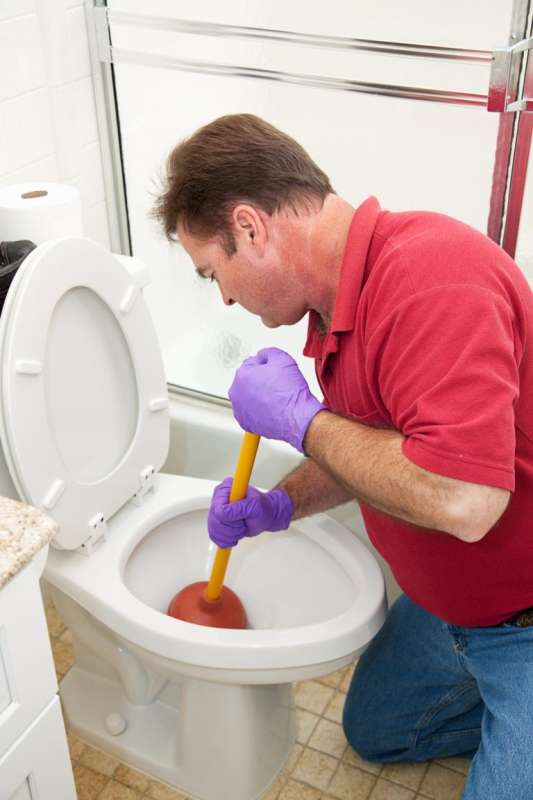
Water Filtration Systems
Installing water softeners and filtration systems.

Water Heater Maintenance
Flushing and inspecting water heaters to lengthen lifespan.

Water Heater Repair
Addressing issues with temperature level, leaks, or failure to heat water.
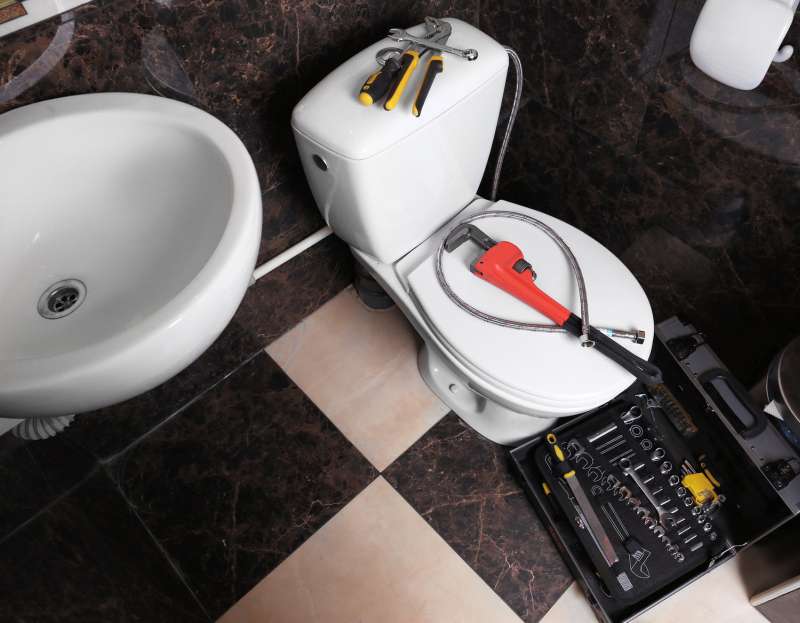
Waterproofing
Securing basements or other locations from water invasion.
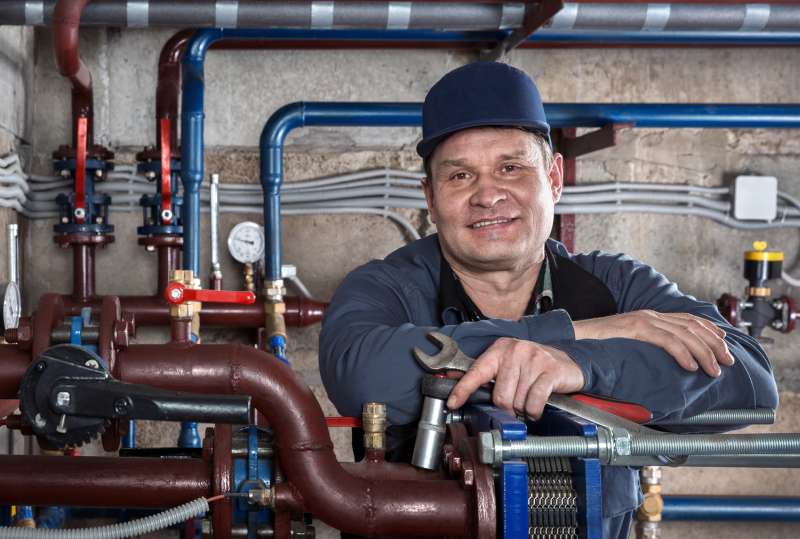
Sewer Backups
Immediate attention to prevent contamination and health risks.

